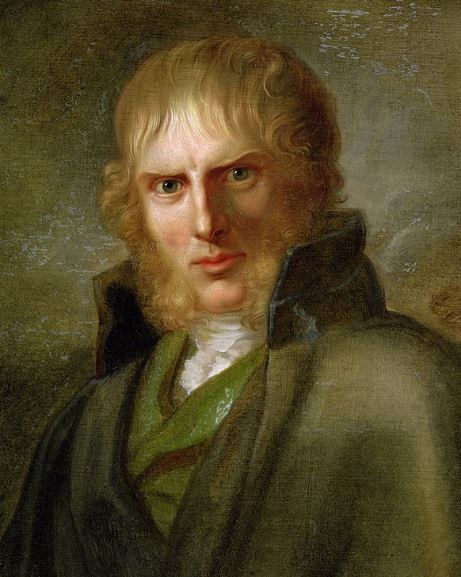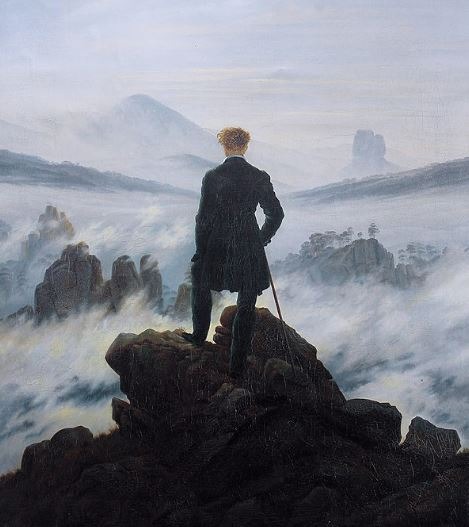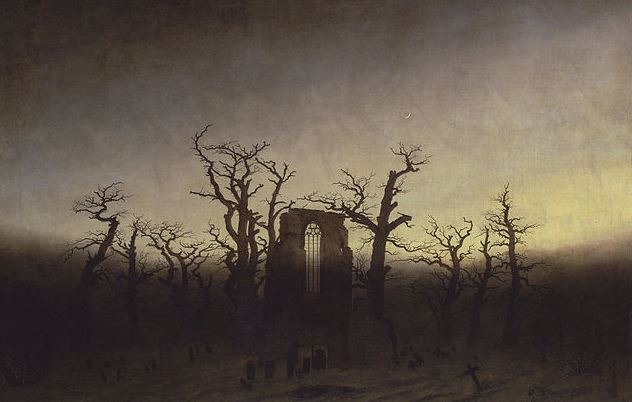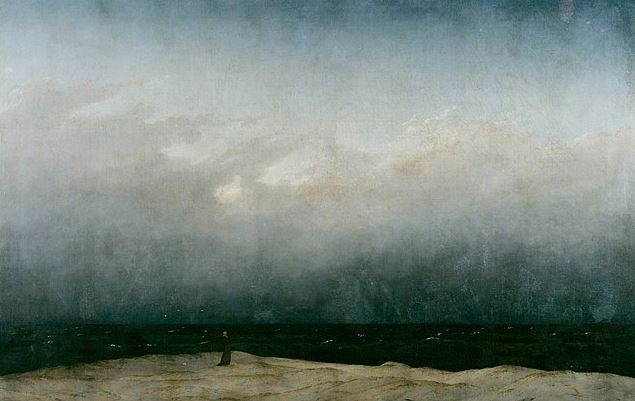In the art world, only a few painters are considered to be the best in their respective specialties and styles. For landscape painting, one of the best painters that you should know about is Caspar David Friedrich, who is also regarded as the most important German artist of his generation.
Caspar David Friedrich specializes in German Romanticism, which is an intellectual movement in the 18th and 19th centuries where beautiful landscapes with dark or deep undertones are very popular. To learn more about this legendary painter and his famous works, here are details about the life and career of Caspar David Friedrich.
Who is Caspar David Friedrich?
Caspar David Friedrich was born in Greifswald, Swedish Pomerania (now part of Germany) on September 5, 1774. Greifswald is located on the Baltic Sea, which features stunning landscapes that may have inspired Friedrich to pursue a great career as a landscape painter. In 1798, Friedrich moved to Copenhagen to study, but he would eventually settle in Dresden around the same year.
It was during his stay in Dresden that he would be inspired to focus on spirituality for his art, which is supposed to fix the disillusionment of society towards materialism. The bustling buildings and structures of cities during that time symbolized materialism, while the natural landscapes are considered to be uplifting for the spirit, which is why Friedrich primarily focused on painting landscapes that feature cliffs, seas, and other natural creations of the Earth.
For his paintings, Friedrich gained popularity in the early years of his career, but he would eventually fade into obscurity until his death in 1840. The downfall of Friedrich’s career is said to be mainly attributed to the rising modernity of Germany during the 1800s, which favored buildings, infrastructures, and other urban elements instead of natural landscapes. However, by the 20th century, many art scholars expressed appreciation for Friedrich’s works. From then on, Friedrich became an inspiration for many intellectual movements, including Expressionism, Surrealism, and Existentialism.
Caspar David Friedrich’s Most Popular Paintings
Friedrich is believed to have painted more than 500 artworks throughout his career, and most of these artworks remain properly preserved and displayed in various museums around the world. Even though there are a lot of Friedrich’s works that survived today, only a few are considered to be more popular than the others. Here are Caspar David Friedrich’s most popular paintings.
Wanderer above the Sea of Fog
This painting was made by Friedrich in 1818 and depicted a man that is standing on top of a rocky mountain or hill. The man is then staring at the landscape that has fog and numerous ridges, trees, and mountains from afar.
The wonderful painting is considered to be one of the masterpieces of the German Romanticism movement, and it would often be the staple piece or the most memorable artwork whenever the said movement is discussed. According to art scholars, the painting is supposed to represent self-reflection, as the man is believed to be reflecting on something while staring at a beautiful view, as well as triumph, as the man was able to have enough strength and courage to climb on top of a mountain or hill.
The Abbey in the Oakwood
Regarded by many art enthusiasts to be one of Friedrich’s creepiest works, “The Abbey in the Oakwood” features a procession of monks that are heading toward a dilapidated Gothic church. Some of the monks in the painting are carrying a coffin, and most people interpret that the painting depicts a graveyard. The graveyard is then surrounded by dead trees, which further emphasizes the significance of death in the painting.
Many interpret this painting to symbolize the horrifying and gloomy nature of death. Interestingly, Friedrich requested that the painting should be hung below another one of his artworks titled “The Monk by the Sea.” It is believed that the two paintings are connected somehow, and it is widely known that Friedrich revealed them together in 1810.
The Monk by the Sea
As we have previously stated, “The Monk by the Sea” was revealed alongside “The Abbey in the Oakwood” in 1810, but many believed that they have different themes or symbolisms. In “The Monk by the Sea,” Friedrich depicts a lonely monk standing on a cliff while admiring the vast sea. What makes this different from the other works of Friedrich is its lack of illusion to create depth, which is essential in order to make landscapes far from the subject of the painting.
In the artwork, the cliff that the monk is standing on is depicted to be quite near the vast sea that the monk is staring at, and sometimes, the sea would even look like it is much nearer to the viewer of the painting compared to the cliff. Many art scholars interpret that the small stature and depiction of the monk in the painting is supposed to symbolize the unimportance of man on Earth, while the sea is supposed to mean that the monk is near the presence of God. So, it could be interpreted that men should not have self-importance, as they are just a tiny speck in the world.
Seashore by Moonlight
One of the most underrated works by Caspar David Friedrich is “Seashore by Moonlight,” which was created by the legendary painter in 1825. The painting depicts a dark landscape where clouds are enveloping the sky, while rocks or pebbles are scattered below it on the seashore.
Because it is underrated, there is not much analysis given for this painting. However, some would interpret it to symbolize hope during the darkest of days, as a little bit of light, which signifies hope, is shown in the middle of the painting.
Those are some of the important pieces of information that you should know about Caspar David Friedrich. There are a lot more paintings made by the famous painter that you can check out, and you can either create your own interpretations for this painting or read blogs and guides to learn what a lot of people think about Friedrich’s paintings.



